The summer of 2018 has been a dive in history and this dive would have been incomplete had I not visited the archaeological site of Göbeklitepe. The trip comprised of a visit to Mount Nemrut in Adıyaman, Göbeklitepe in Şanlıurfa, the mystical Eski Mardin, the Dicle Bridge also locally known as the ‘On Gözlü Köprüsü’, literally translated to Ten Arches Bridge located in Diyarbakır and last but not least, my favorite, Palu Citadel in Elazığ.
Each of the mentioned places has some sort of contribution to the timeline of the human evolution, the evolution of the city and architecture, but perhaps not as important as Göbeklitepe’s discovery. Göbeklitepe is the original name in Turkish and can be roughly translated to ‘Potbelly Hill’. This archaeological site is found in the Southeast of Turkey and is located 12 km from the historically rich center of Şanlıurfa province. The zero timeline is the tagline for Göbeklitepe and I believe that it’s quite a bold description because prior to its discovery, history explained various concepts with the likes of human settlement and religion differently.
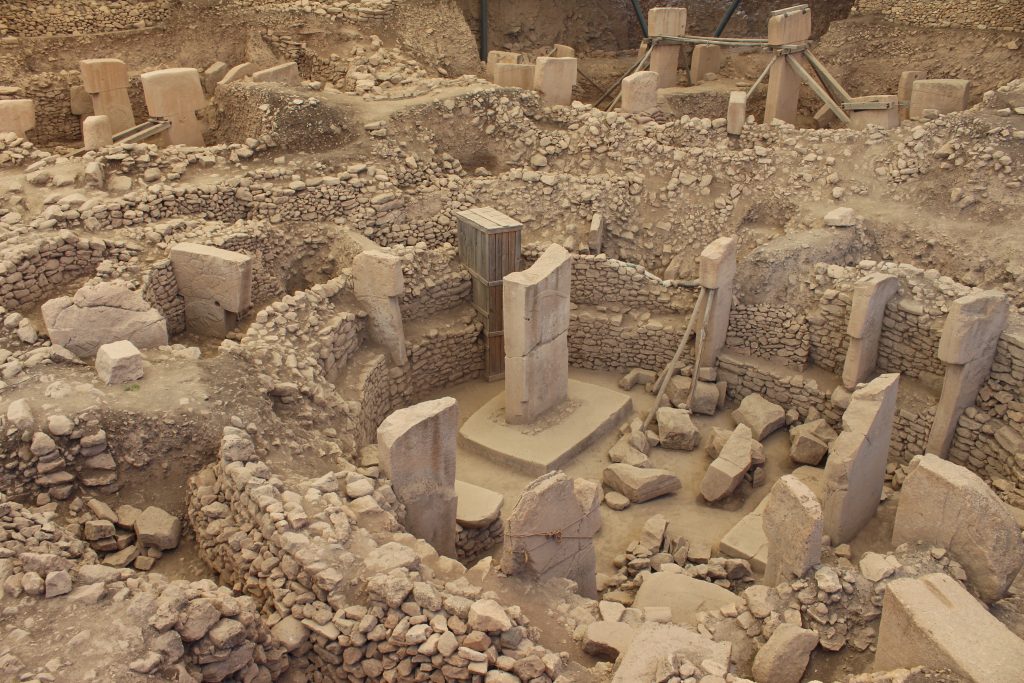
I only learned about Göbeklitepe when I attended a course called ‘The City in History’ by Prof. Dr. Ayşe Sema Kubat at Istanbul Technical University. Since that day, I kept wondering how there was no fuss about it despite being the oldest of temples unearthed or even why does it not feature in the cheesy lists of must-visit destination for ‘Instravellers’ – a short form for ‘Instagram travelers’. I was motivated to read about the archaeological site and even visit it in person!
If you are also intrigued by this ultra magnificent temple, this article is aimed to give you an insight before you pack up to head to Göbeklitepe just yet. Do note that there are no direct public transports to the site and one can get there by organized tours, by taxi (well, there’s a hefty price for it) or by hitchhiking which I eventually opted for. It was a Friday and the one man who drove me to Göbeklitepe was a priest (imam) who was going to a village for the afternoon prayer. I clearly remember how upon the sight of hills or anything giving a yellow dusty or desert-like feeling, I would immediately ask him, ‘Vardık mı hocam?’, (‘Are we there?’ in Turkish) but no, the destination was really far and it was quite a drive! Though the village he was heading to was not on the way to Göbeklitepe, he took much of his time to drop me just at the security booth leading to the unforgettable experience.
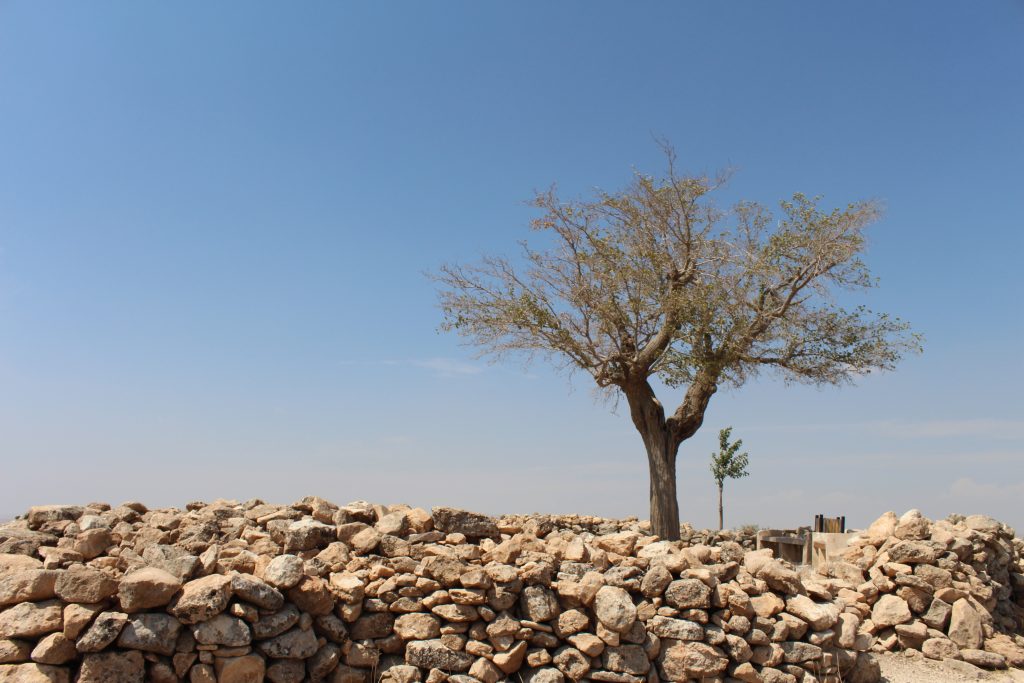
Everything you’ll experience depends on your approach to the site. If you are looking for something similar to the Pyramids of Giza or the Pisa tower where you can shoot some illusionary photos holding one end of the structure, then Göbeklitepe is definitely not the place to be! But if you keep wondering about the different theories of evolution, religion, art and the evolution of what we call a city today then definitely it’s worth your time.
Reading about Göbeklitepe is no less than a rollercoaster ride since it pushes you to absorb all sort of knowledge ranging from the maiden tools used for carving to what the site was really prepared for, a temple. The site first entered the records when an American archaeologist by the name Peter Benedict from the University of Chicago found some stone-made tools on the surface of the site in the early 60s. Along with those were some stone slabs too. However, the stone slabs protruding the surface were not mysterious enough to catch his attention as he mistook them to be grave markers and described his observations as two small Islamic cemeteries.
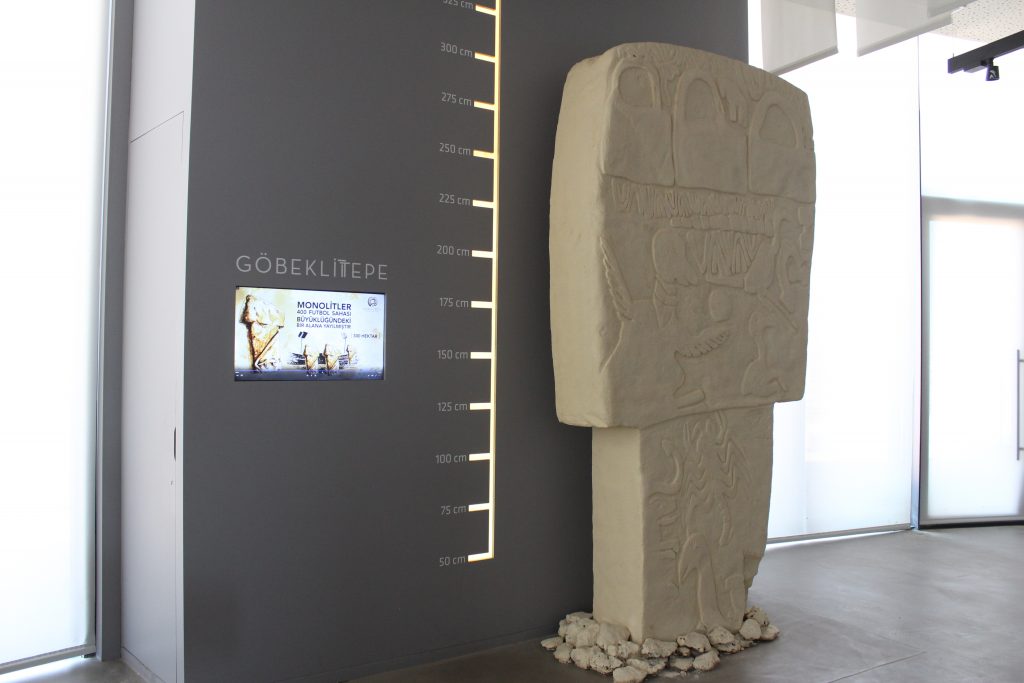
The site has been continuously used as an agricultural field over years and year by year local farmers had frequently moved the rocks and piled them within a further distance to clear the land for cultivation which is probably one of the reasons the upper layers of the excavation are described as being in poor condition. In addition, abnormal physical characteristics on the stones show how these archaeological stones were mistaken for ordinary rocks and were worked upon in an attempt to remove them from the land.
When one refers to Göbeklitepe, two characters cannot be erased from the narrative. One is Klaus Schmidt, the German archaeologist who led the excavation process and the other is Mehmet Yıldız, the current owner of the land from which Göbeklitepe was unearthed. In a video by İki Kadın Anadolu’da, Mr. Yıldız explains how his uncle discovered a statue in 1986 and embarked on a journey to submit it to the local museum. He adds that the previous manager of the museum made fun of the ‘stone’ brought to him and refused to accept it. Disappointed, his uncle thought of discarding the discovery on his way back to the site (the land used for agricultural purposes) but he was probably ‘thinking loud’ that the manager heard him and decided to take and keep the statue in the museum’s store.
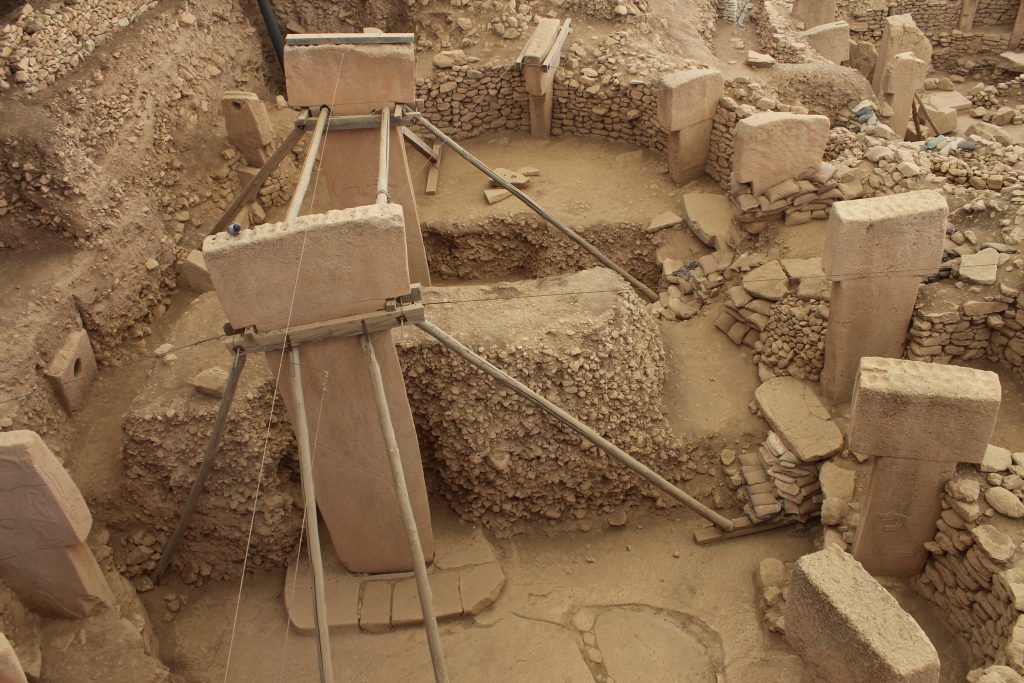
Not a single person found interest in the ‘stone’ until Klaus Schmidt visited the museum for the submission of some other excavations in the 1990s. Having previously worked at a site known as Nevalı Çori, he found that there were some similarities in his previous works and the stone lying in the store. Immediately, he thought of the discovery as a prehistoric element. This encouraged him to review the archaeological literature compiled by the researchers from the University of Chicago back in 1963 and soon he was on a mission to unearth the oldest creation of human civilization till date.
In 1994, the excavation began and surfaced the first of the gigantic grave marker like structure. Mr. Yıldız also adds how doubts raised when it came to the idea of allowing foreigners to dig his field but with the help of a lawyer, he trusted the German and let him and his team carry out the excavations. He kept the following lines in mind, ‘If something is discovered, I’ll benefit, the village will benefit everyone will benefit!’. And now, he gladly reveals how it turned out to be the best decision he has ever taken.
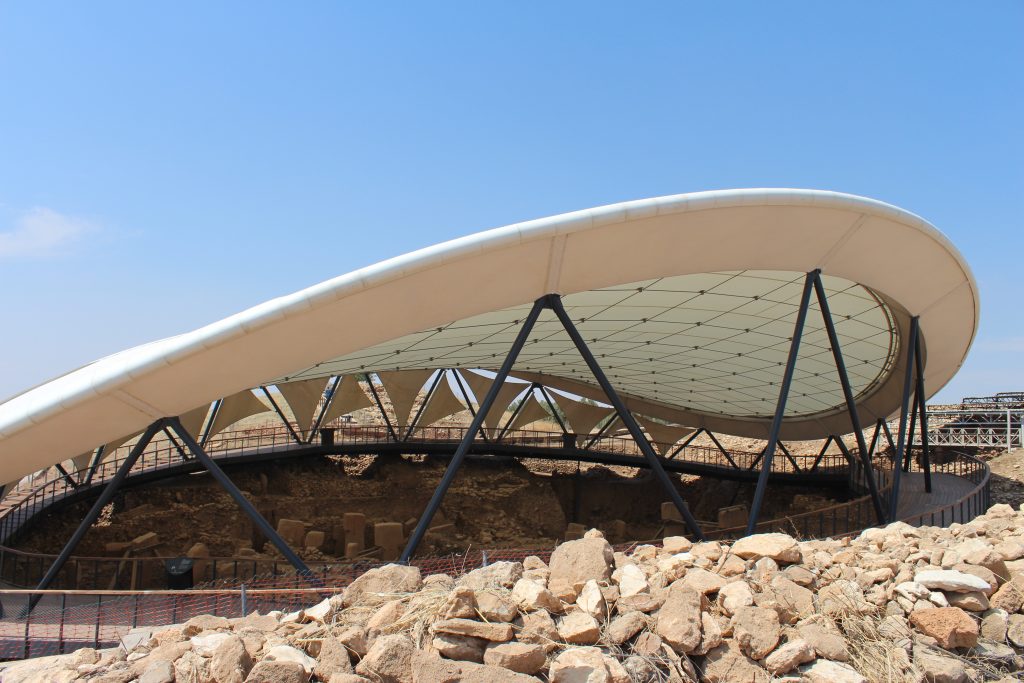
The sneak peeks of what lead to the discovery of probably the most surprising archaeological excavation and discovery of our time. With the excavation yet to be over, Göbeklitepe still has some mysteries hidden under its sleeves. The oldest parts of the discovery are the gigantic, T- shaped structures which are estimated to be 11,000 years old.
Göbeklitepe is mysterious to each one of us in a different way. On one hand, archeologists are working to decipher the way the stones were placed with respect to the position of stars and on the other hand, there’s me (and perhaps you) who is admiring our forefathers for the tools and skillset they used to build the world’s oldest temple.
Whatever your motivation may be, predating the Stonehenge by a massive 6,000 years and the Pyramids of Giza by another 7000 years, Göbeklitepe is worth a visit.
Keep an eye out for the Part II of this article coming soon…
Photos courtesy of the author.










Oh, I love archeology! Looking forward to reading part 2.
Currently working on it! Looking forward to delivering a satisfactory piece of work!